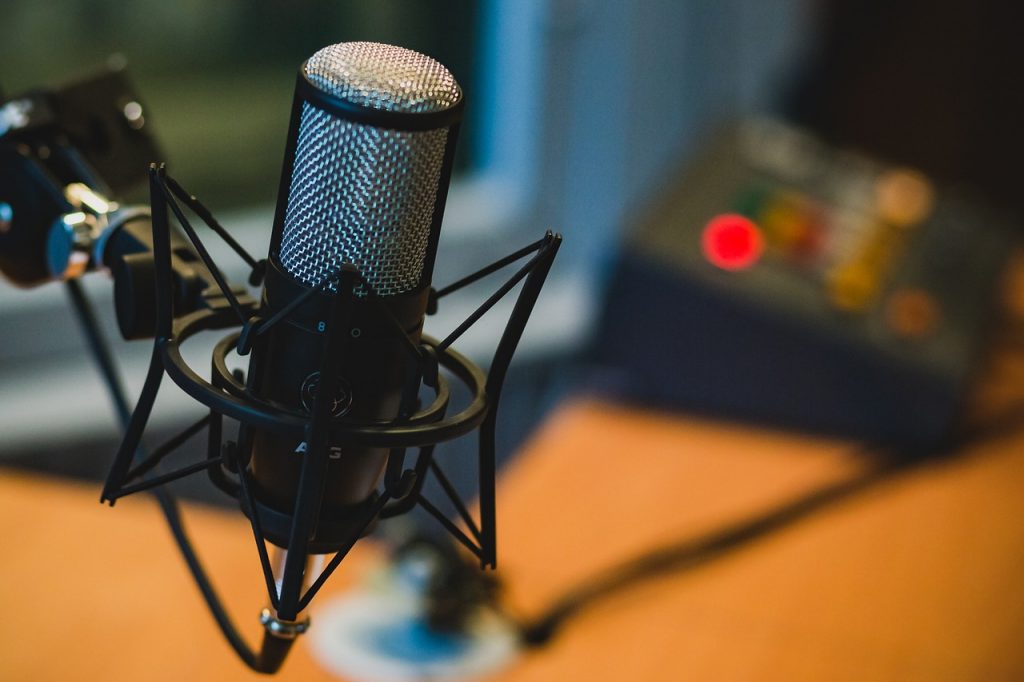
Transcription services are increasingly becoming essential in both corporate and social communication. They not only make the conversations clear but also make them accessible to people in other languages.
Podcasts and videos are popular since these conversations are raw and informative. Transcription increases its worth and widens its reach to all media. Below are some reasons you should consider transcribing podcasts and videos.
Optimize it for SEO Purposes
The internet is an endless pool of data and information where you can find anything you want. However, indexing audio data is not easy since search engines are not optimized to capture audio for reference. This makes transcription an essential exercise as it indexes the content of the audio recordings for search engines.
Indexing your transcribed content ranks the production, making it easy to find it online. Well-written transcriptions with correctly positioned keywords increase the percentage ranking, drawing it nearer to the top. If you are a professional dealing with specific content, well-written transcription improves the overall ranking of your website.
Translation to other Languages
If you transcribe audio or visual content accurately, it enables others to translate it to other languages. People from all races do things the same way, which makes translation a cost-effective way to reach as many people as possible. Direct translation from one language to another might omit or miss some words, which goes away with meaningful discussion.
Since transcription captures every word as it is, translators make the least or no mistakes. Translating it further to other languages becomes easier and reaches more people around the world. From English to French, Chinese, German, Spanish, and Italian, nothing is impossible with transcription.
Make it Accessible
A podcast is not a communication method known to many. Even with its exponential growth, its reach is still negligible. Transcribing makes it more accessible and understandable, with more people accessing it. We also have those with hearing impairments who consider podcasts useless. It is only after transcription that the information shared can reach them.
If you go to remote areas where internet penetration is still poor, written words make more sense. It also occupies less storage space compared to audio-visual content. In essence, putting the actual words on paper makes more business sense than moving it on a video or audio.
Makes Phrase Quotation Easy
In academia or speaking engagements, people borrow words from different quotas to make a point. Whereas crediting the source is essential, getting the actual quote for reference from an audio record is cumbersome. If it is written down in whichever form, it is easy to quote and credit the source.
Such formal acknowledgment makes the content valuable to other people who will benefit from your words. It also leads to further analysis, which invokes creative discussion on the subject matter. In the future, you can combine several of such information and use it to publish your memoirs.
Quotation mainly occurs when inferring to a specific discourse. In case your transcribed podcast appears in the search, it is a unique way of identifying a person as an authority on a topic or area of interest. If properly done, readers can track these words back to you, building your followership base.
Every Word Counts
Except for the English people, other people speak English as a foreign language. As such, most of their pronunciations have an accent from their mother tongue. People listening to such podcasts may not get the intended meaning. However, transcription tries to get the actual meaning in every word and builds up the conversation to where it should go.
Getting the best online transcription service goes a long way in getting out the intended information. This way, every word spoken comes out precisely as it should, with no distorted meaning. If it is clearer, more people understand you, and your fan base will grow steadily.
Content Reliability and User Experience
People relate differently to information. The tone in a voice is a precursor to user experience as it relays emotive information. However, not all voice tones give an accurate feeling, although it contributes to a certain extent. However, transcribing provides the reader with the words or feeling as it is. They can interpret the information based on their understanding.
Moreover, transcriptions on a video make it easy for the viewer to follow the storyline. Content understanding is at its peak in such scenarios. Listeners and viewers get the intended information in one go. If it is good, they will come back for more, effectively growing your fan base.
Types of Transcriptions
Captions
If you need to create taglines on audio-visual information, captions are the best. It helps content consumers who have difficulties in hearing. You can also use captions on any platform, and it will significantly improve your SEO rating.
Translation
It is writing a text from one language to another. It is among the most popular in transcription since you write down already written texts into a different language. Of all the transcription services, translation is the least priced service.
Foreign Subtitles
It mostly happens in movies, especially those voiced initially in a foreign language. The content producers want you to translate the words on the film and write them in a language that other people can consume. What makes it more decisive is transmitting the exact words and theme from another language to English (or vice versa). Viewers should match the actions with the words said.
Such tasks need native translators to highlight the subtitles. The more easily accessible the language is, the easier it becomes to create subtitles, and vice versa.
Transcription
Transcription entails listening to audio or visual material, then writing down the words. It is the primary task within the content development phase from which the above services emanate. The transcriber should be attentive to the words and meaning to avoid writing down what wasn’t intended. Natives do relatively well since they understand the tones and accents.

